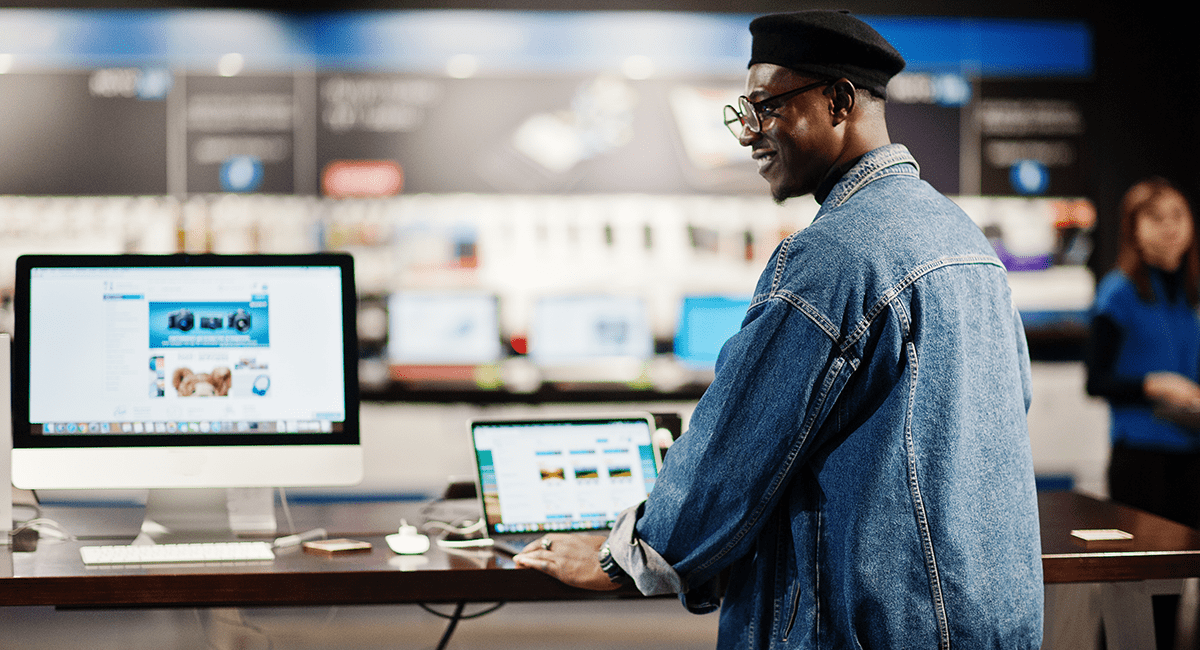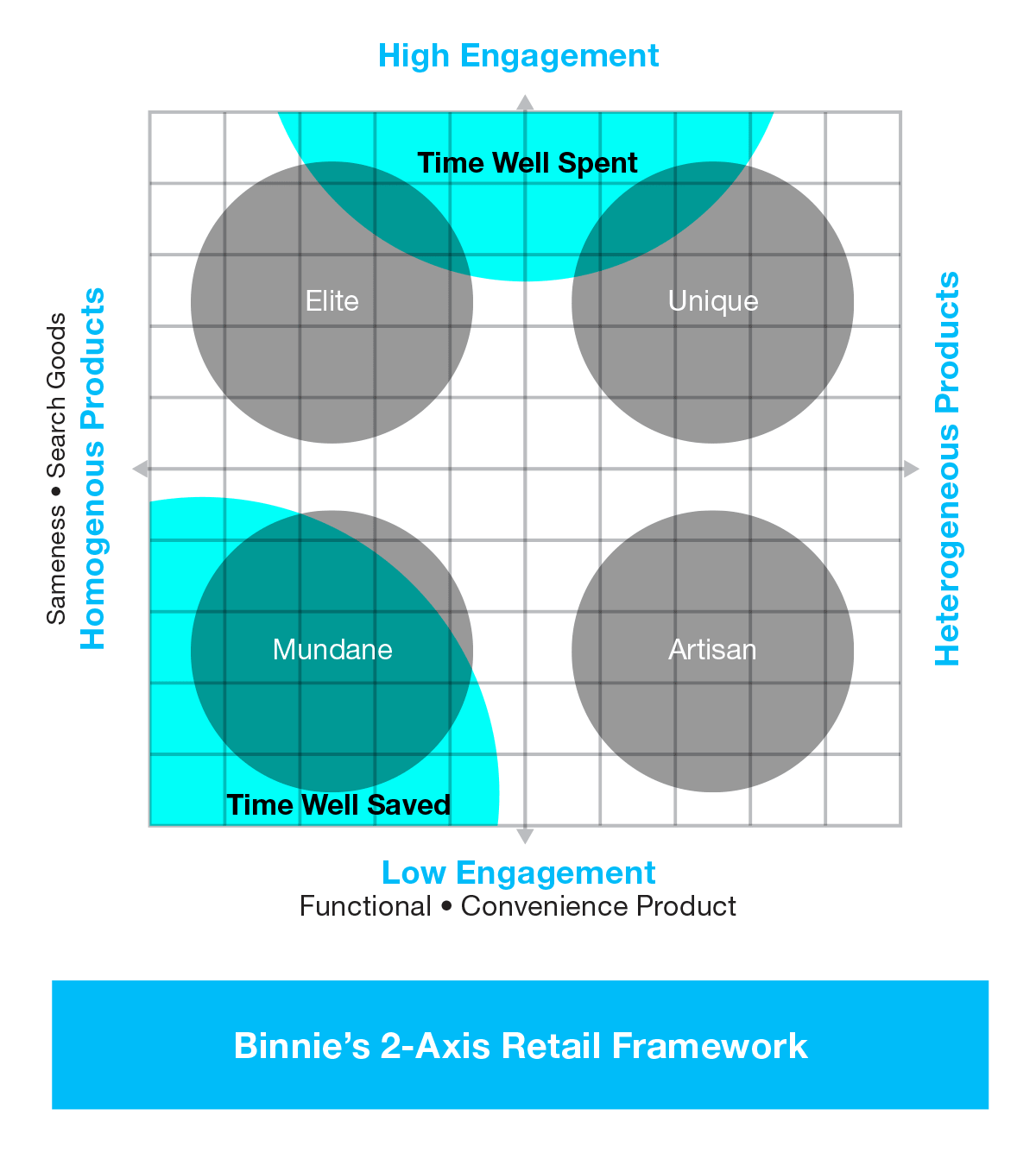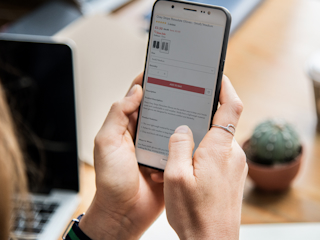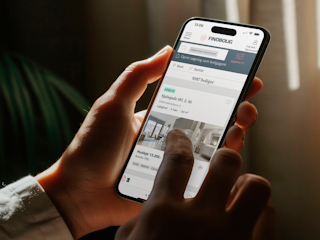Not Quite What We Thought
We are 25 years into the era of e-commerce. It’s something we’ve definitely noticed. We all shop; it’s how we live and (sort of) why we work. We tap ‘buy now’ on our phone, and our new shoes or phone charger or (fill in the blank) appear on our doorstep in short order.
But things haven’t developed exactly how we thought they were going to.
For the first time, the mist is lifting. We can see with greater clarity than ever before. We can see further down the road of how e-commerce and brick-and-mortar retail are developing then we could have even just a short time ago.
Since the 2001 dotcom boom-and-bust, and subsequent rise of Amazon, Google and Facebook, we’ve been fed a one-sided, scared narrative about the death of brick-and-mortar stores. The ‘retail apocalypse’. And of course, there’s a whole lot of truth to these scenarios. Witness the utter disappearance of chains like Toys R Us, Radio Shack and Payless Shoes. But it is an incomplete narrative; one which deserves to be filled out.
There are a lot of reasons for this overly simplified view of how retail is developing. Too many to explore in detail here. Among them may be the nagging idea, that because consumers can order anything online, they will. Or even, they should. And the suspicion that all physical stores, shopping centers and downtowns are outdated. And that if we harbor any attachment to old retail modes, we’re merely nostalgic. Of course, no one wants to look foolish.
 But things are actually playing out differently from what we thought even a couple of years ago.
But things are actually playing out differently from what we thought even a couple of years ago.
For perhaps the first time, we’re in a position to take a closer look. We’re in a position to develop a more thoughtful, nuanced view of the present, and possible futures, of retail—a $3 trillion part of our economy (U.S. figures) that supports one in four jobs.
The Opportunity for Retailers
Through a closer look at how e-commerce and brick-and-mortar retail are actually developing and working together, one can find numerous opportunities to identify new ways of seeing what consumers want. And new roles for retailers, both online and in-store, for product brands, downtowns and shopping centers.
 By investigating the new ways e-commerce and brick-and-mortar retail are working together, we can better understand what physical stores are ‘for’ in this new, omni-channel world.
By investigating the new ways e-commerce and brick-and-mortar retail are working together, we can better understand what physical stores are ‘for’ in this new, omni-channel world.
This can unlock a lot of hidden value for business actors of many types, as well as those supporting them in finance, academia and government. There is the potential for new business models and investment hypotheses. And opportunities for generating whole new paradigms and paths forward for our communities; our towns, shopping centers and public spaces.
Theories & Frameworks to Understanding Consumers
Using the ‘jobs-to-be-done’ framework (from Tony Ulwick’s ‘Outcome-Driven Innovation’, popularized by Clayton Christensen of Harvard Business School, and author of ‘The Innovator’s Dilemma’), retailers, both online and brick-and-mortar, need to understand what ‘job’ consumers are ‘hiring’ them to do. What consumers want from online shopping – mostly, convenience – and what they still want from physical stores; discovery and information. Interaction and entertainment.
In my book, “The Future of Omni-Channel Retail: Predictions in the Age of Amazon” I delve into and explain some of the classic marketing theories that explain different types of consumer shopping.
I then build on those models, and offer three new, related frameworks that illuminate what aspects of shopping consumers want to do online, in stores or in combination. And why.
The first framework takes a simplified look at what people are actually doing when they are shopping. It’s a reductive view that explains how all retail value-creation comes from two key functions: discovery and fulfillment (that’s fulfillment in the supply-chain sense of how they transact purchases, not in the sense of how happy they are).
Our second framework, illustrated below, goes deeper, and takes a close look at many types of consumer products and shopping occasions.
![]()

This 2-Axis Retail Framework points us to how consumers want to achieve discovery and fulfillment in different ways. Based on the different characteristics of the products they want and their different motivations for shopping. From the mundane to stimulating. From chore to adventure.
Finally, we use the concepts of time-well -saved and time-well-spent (used by Joseph Pine, author of ‘The Experience Economy’) to summarize whether consumers view a particular shopping mission as a chore or a reward, and the implications of that for online and offline shopping.
Together, these frameworks help us understand and predict what consumers want from different types of shopping, both online and offline, and more importantly, why. And how these can be different for different types of products (Binnie’s 2-Axis Retail Framework) and for different kinds of shopping missions.
New Paths Forward
With the passage of time, and the new retail models that are actually being tried, we can now see that omni-channel retail is what consumers want. Or more exactly, consumers don’t actually think about online or offline separately - they are agnostic about channels. They simply want what they want. Again, using the ‘outcome-driven’ perspective, mentioned above, consumers want to ‘hire’ a retailer to solve a particular problem, to do a ‘job’, in different ways. At different times. Depending on the product, their situation and their mood.
Here are a few examples of channel-fluid retailers and brands; there are many more in the book.
 Direct-to-consumer brands like Everlane (apparel) and Warby Parker (eyeglasses) are channel-agnostic. They’re as strongly committed to stores as to e-commerce.
Direct-to-consumer brands like Everlane (apparel) and Warby Parker (eyeglasses) are channel-agnostic. They’re as strongly committed to stores as to e-commerce.
Best Buy, not always given the credit they deserve, have forged a solid path to being a successful omni-channel retailer. Their stores are within fifteen minutes of 70 percent of the U.S. population. And 50 percent of their online orders are shipped from those local stores.
Product brands like Thule (bike racks, etc.) don’t sell to consumers online, but work closely with their brick-and-mortar retail partners by guiding online shoppers to their stores.
These are just a few examples of retail businesses that offer both online and offline experiences that put the consumer in the center. And there are many examples of retail real estate developments, shopping centers and downtowns (The Grove in L.A., the Ponce Center, Atlanta) that understand what consumers want from in-person shopping that are also forging successes in this omni-channel world.
Finally
I’m genuinely excited about the new potential all this offers. Yes, the retail landscape has forever changed, no-one doubts that. E-commerce is the friction-free standard against which all other retail experiences are measured. As they should be. But once we understand and accept that, brands, retailers and consumer-facing businesses of all types can forge new paths to consumer relevance. Through understanding how their online and store offerings allow consumers to carry out discovery and fulfillment. Through understanding what ‘job’ consumers are ‘hiring’ them to do, at different times and for different situations.
And finally, through understanding what stores are ‘for’ (and what they are not for) in our current era.












